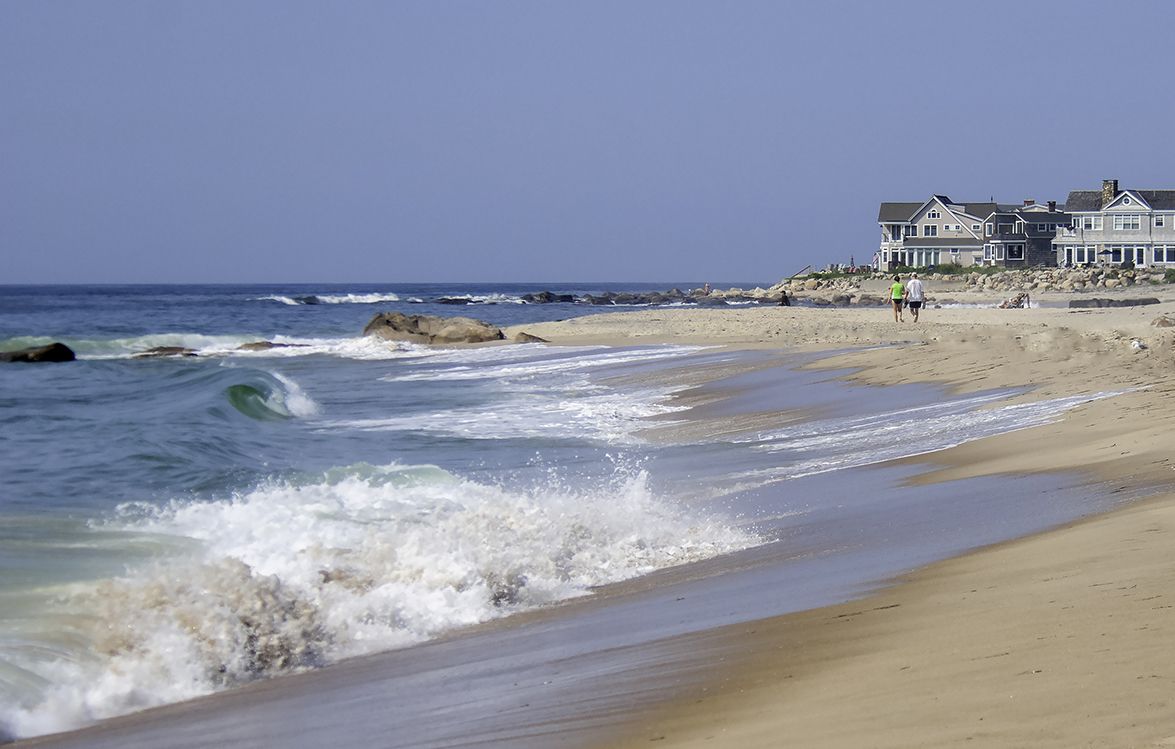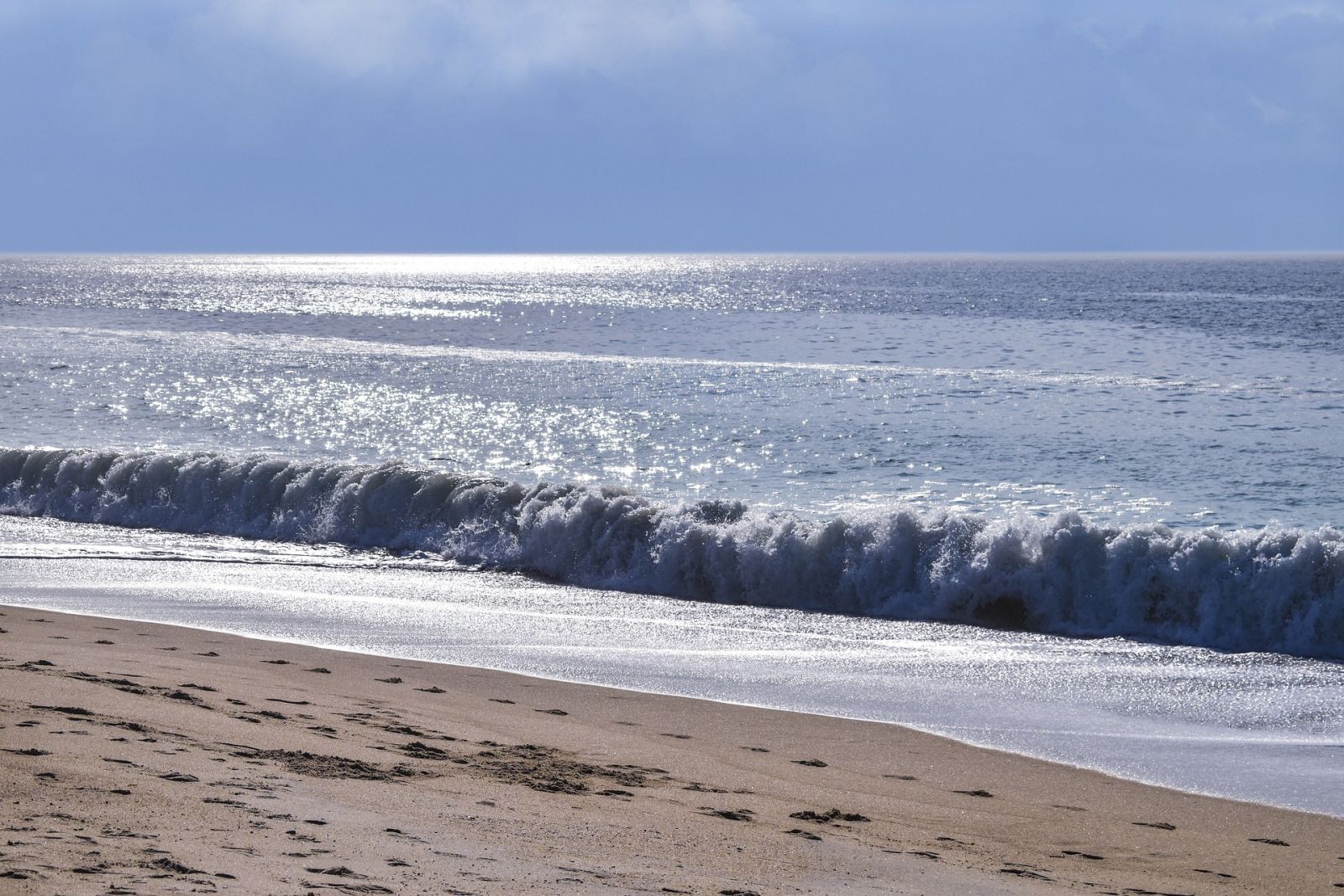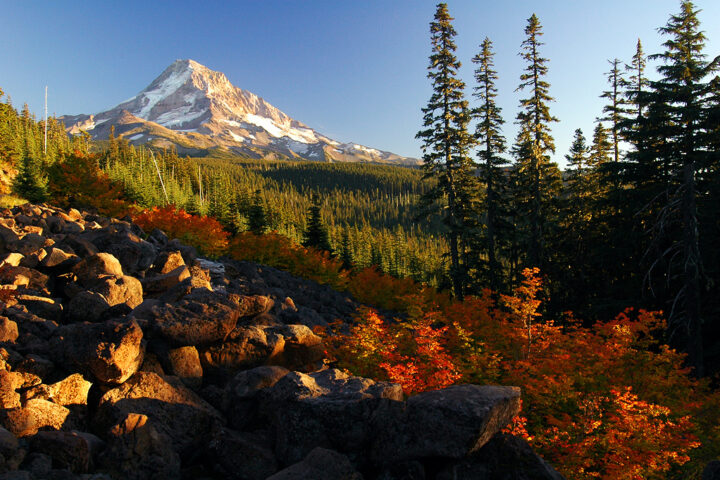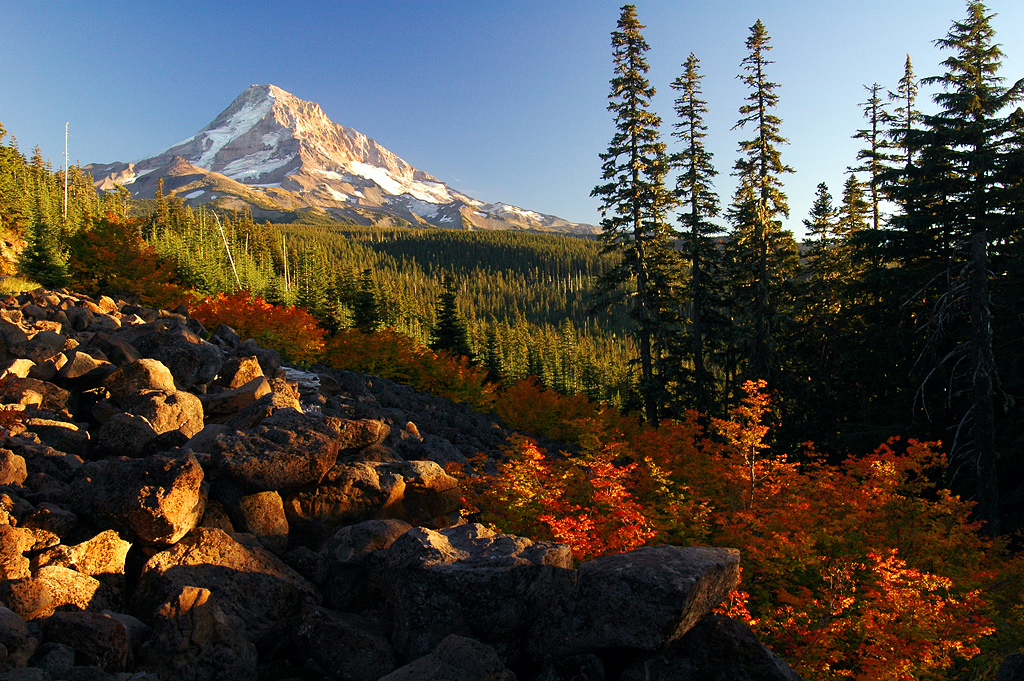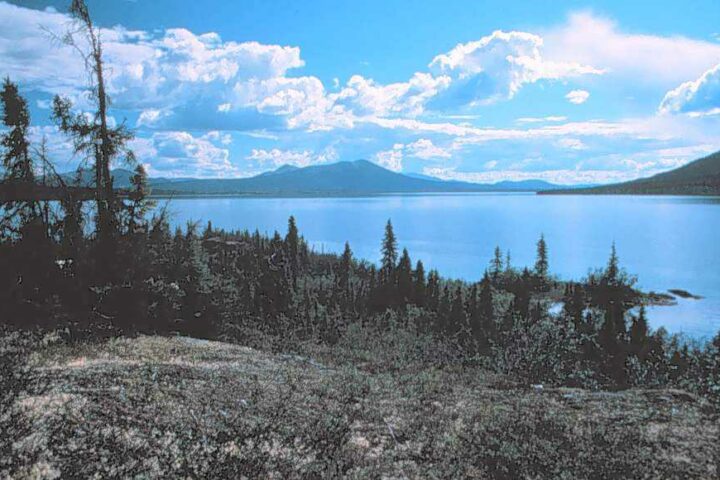Overview of Rhode Island’s Climate
Rhode Island experiences a humid continental climate, characterized by four distinct seasons. The state’s weather varies significantly between the coastal regions and the inland areas, with the former generally experiencing milder temperatures.
January: Deep Winter
Weather Overview
January is the coldest month in Rhode Island, with average high temperatures ranging from 35°F to 40°F (1.7°C to 4.4°C) and lows dropping to around 20°F (-6.7°C). Snowfall is common, particularly inland, contributing to the state’s winter wonderland aesthetic.
Fun Fact
Rhode Island’s Block Island receives relatively less snowfall compared to the mainland, making it a unique winter getaway.
February: Winter Continues
Weather Overview
February remains cold, with temperatures similar to January. Snowfall continues, though the days gradually start to lengthen, hinting at the approaching spring.
Fun Fact
The famous Groundhog Day prediction in early February often influences local expectations for the remaining winter duration.
March: Transition to Spring
Weather Overview
March marks the transition from winter to spring. Average high temperatures range from 45°F to 50°F (7.2°C to 10°C), with lows around 30°F (-1.1°C). Snow can still occur, but rain becomes more common.
Fun Fact
Rhode Island’s St. Patrick’s Day parades, held in several towns, signal the community’s eagerness for warmer weather.
April: Spring Blooms
Weather Overview
April brings milder weather, with highs averaging 55°F to 60°F (12.8°C to 15.6°C) and lows around 40°F (4.4°C). Rain showers are frequent, aiding the blooming of spring flowers.
Fun Fact
The annual Daffodil Days in Newport celebrate the arrival of spring with thousands of blooming daffodils.
May: Warming Up
Weather Overview
May sees a significant warm-up, with temperatures ranging from 65°F to 70°F (18.3°C to 21.1°C). The likelihood of frost diminishes, making it an ideal time for gardening and outdoor activities.
Fun Fact
Rhode Island hosts numerous outdoor festivals in May, including the popular Newport Oyster Festival.
June: Early Summer
Weather Overview
June brings the start of summer, with average highs of 75°F to 80°F (23.9°C to 26.7°C) and lows around 55°F (12.8°C). The weather is generally pleasant, perfect for beach outings and hiking.
Fun Fact
The state’s numerous coastal towns come alive in June, with visitors flocking to enjoy the beaches and seafood.
July: Peak Summer
Weather Overview
July is the warmest month, with highs typically reaching 80°F to 85°F (26.7°C to 29.4°C) and lows around 65°F (18.3°C). Humidity levels can be high, and thunderstorms are not uncommon.
Fun Fact
The Fourth of July celebrations in Bristol, Rhode Island, are among the oldest and most elaborate in the nation.
August: Summer Continues
Weather Overview
August remains hot and humid, with temperatures similar to July. Coastal areas may experience slightly cooler breezes, providing relief from the heat.
Fun Fact
The annual Washington County Fair in August is a highlight, offering a quintessential New England agricultural fair experience.
September: Early Fall
Weather Overview
September sees a gradual cooling, with highs ranging from 70°F to 75°F (21.1°C to 23.9°C) and lows around 55°F (12.8°C). The weather is generally stable, making it a popular time for outdoor events.
Fun Fact
The start of the fall semester at Rhode Island’s numerous colleges brings a vibrant, youthful energy to cities like Providence.
October: Fall Colors
Weather Overview
October is characterized by cooler temperatures and stunning fall foliage. Highs average 60°F to 65°F (15.6°C to 18.3°C), while lows dip to around 45°F (7.2°C).
Fun Fact
Rhode Island’s scenic byways, such as Route 1A, offer breathtaking views of autumn leaves, attracting leaf-peepers from across the region.
November: Preparing for Winter
Weather Overview
November brings a significant drop in temperatures, with highs around 50°F (10°C) and lows near 35°F (1.7°C). Frost becomes more common, and the first snowfalls can occur late in the month.
Fun Fact
Thanksgiving marks the start of the festive season, with many communities hosting parades and holiday markets.
December: Holiday Season
Weather Overview
December is cold, with average highs of 40°F to 45°F (4.4°C to 7.2°C) and lows around 25°F (-3.9°C). Snowfall becomes more frequent, especially inland.
Fun Fact
The annual Christmas in Newport festival showcases the city’s historic charm with holiday decorations, tours, and events.
Frequently Asked Questions
What is the best time to visit Rhode Island?
The best time to visit Rhode Island is during the late spring (May-June) and early fall (September-October), when the weather is mild, and outdoor activities are plentiful.
How much snowfall does Rhode Island receive?
Rhode Island averages about 30 to 35 inches of snowfall per year, with coastal areas receiving less than inland regions.
What should I pack for a trip to Rhode Island in the winter?
For a winter trip to Rhode Island, pack warm clothing, including a heavy coat, gloves, a hat, and waterproof boots. Layering is key to staying comfortable in the cold weather.
Are there any notable weather events in Rhode Island?
Rhode Island occasionally experiences nor’easters, which can bring heavy snowfall and strong winds. The state also sees the effects of hurricanes, particularly during the late summer and early fall.
How does the coastal location influence Rhode Island’s weather?
The coastal location moderates temperatures, making summers cooler and winters milder compared to inland areas. The ocean also influences precipitation patterns, contributing to frequent rain and snow.
How does Rhode Island handle severe weather events?
Rhode Island has a comprehensive emergency management system in place to handle severe weather events, including nor’easters and hurricanes. The Rhode Island Emergency Management Agency (RIEMA) coordinates preparedness, response, and recovery efforts, providing real-time updates and resources to residents.
What is the average rainfall in Rhode Island?
Rhode Island receives an average of 45 to 50 inches of rainfall annually. The wettest months are typically March and April, while the summer months can see thunderstorms that contribute to overall precipitation.
Can you swim in Rhode Island’s beaches year-round?
Swimming is generally recommended during the warmer months from June to September when water temperatures are more comfortable. During the colder months, the water can be quite chilly, and swimming is not advisable.
How does the weather affect Rhode Island’s agriculture?
Rhode Island’s weather plays a crucial role in its agricultural activities. The state’s moderate climate allows for a growing season from late April to early October, supporting the cultivation of crops such as potatoes, corn, and apples. Weather conditions, including frost dates and rainfall, significantly impact planting and harvesting schedules.
What kind of clothing is recommended for visiting Rhode Island in the fall?
For a fall visit to Rhode Island, pack layers to accommodate the variable temperatures. A mix of sweaters, long-sleeve shirts, and a medium-weight jacket will keep you comfortable. Don’t forget sturdy walking shoes for enjoying the fall foliage and outdoor activities.
Conclusion
Rhode Island’s weather offers a rich tapestry of seasonal changes, from snowy winters to warm summers. Understanding the month-by-month climate can help residents and visitors make the most of their time in this picturesque New England state.
References
- National Oceanic and Atmospheric Administration (NOAA)
- Rhode Island State Government Weather Resources
- University of Rhode Island Climate Studies
- Cities And Towns In Calaveras County, California - September 1, 2024
- West Virginia Population - August 30, 2024
- Cities And Towns In Sauk County, Wisconsin - August 26, 2024

